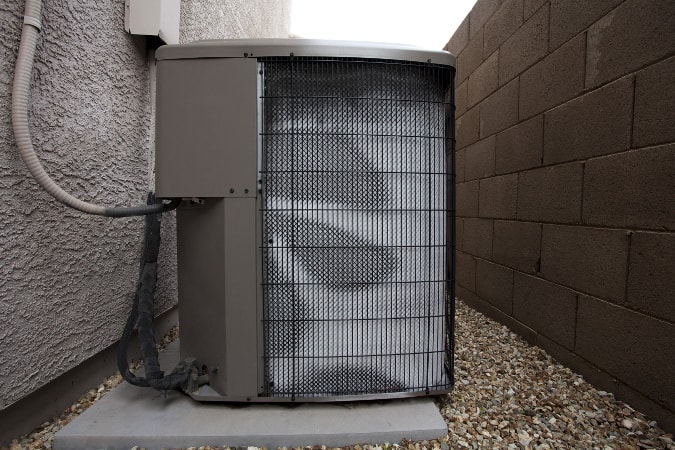What Leads to Ice Formation in Heat Pumps?
A heat pump provides heating and cooling in one system. They often offer a lower cost in-home HVAC than other types of furnaces and air conditioners. However, like any other mechanical device, heat pumps can malfunction. If the heat pump freezes, it could indicate a problem that can be solved, for example, cleaning dirt around the outdoor unit.
How The Coolant Works?
A heat pump can freeze because it uses a refrigerant since a heat pump is essentially a refrigeration system. A compressor and two copper tube coils (one indoor and one outdoor) create a system that cools and heats a home. In winter, the liquid refrigerant in the outdoor coil takes heat from the air and evaporates it into a gas. The refrigerant condenses it into a liquid when it reaches the indoor coil; the heat is released into the house.
In the summer, the refrigerant evaporates in the indoor coil, taking in heat from the inside. The gas is compressed and transferred to the outdoor coil, where it condenses, releasing the heat from the house to the outside. Compressing the refrigerant causes it to condense at a higher temperature outside and evaporate at a lower temperature inside.
When the system is low on refrigerant, the coils cool unevenly, which can lead to ice formation. Part of the coil gets very cold, and moisture in the air begins to condense on the coil, causing ice to form. The ice then acts as an insulator, making the problem worse. This is the most common reason for icing in a heat pump. This is not a problem that you can fix yourself. It is illegal for a person without a certification from the United States Environmental Protection Agency to handle a refrigerant, hydrofluorocarbon, one of the compounds responsible for global warming.
Winter Weather
It is normal for heat pumps to freeze in the winter. The entire coil could be covered with ice. The heat pump has a defrost cycle that automatically defrosts the coils and keeps the unit operating properly. However, a heat pump that is completely covered in ice for a long time can develop several problems.
Hence, the first thing to do is clear the ice. We suggest setting the thermostat to auxiliary heat mode (which causes the unit to heat the home using only the electric coils) or turning it off. Pour warm or hot water over the unit to melt the snow and ice. Once the unit is clear, turn the thermostat to the regular heat setting.
Mechanical Causes.
Icing could indicate a problem with the heat pump itself. Airflow around the cooling coil may be blocked due to dirt, a dirty air filter, or poor duct insulation. A faulty or malfunctioning refrigerant metering device can prevent any refrigerant from circulating through the system. Alternatively, dirty fan blades or a broken fan can prevent air from circulating through the cooling coil.
The above are the most common issues that can cause icing in your heat pumps. However, other factors might include a broken thermostat, a bad fan belt, or dirty coils. If you are currently facing an icing problem and want to get your malfunctioned pump repair, we advise you to consult a professional and fix it before it can cause major turbulence.

